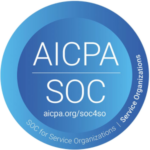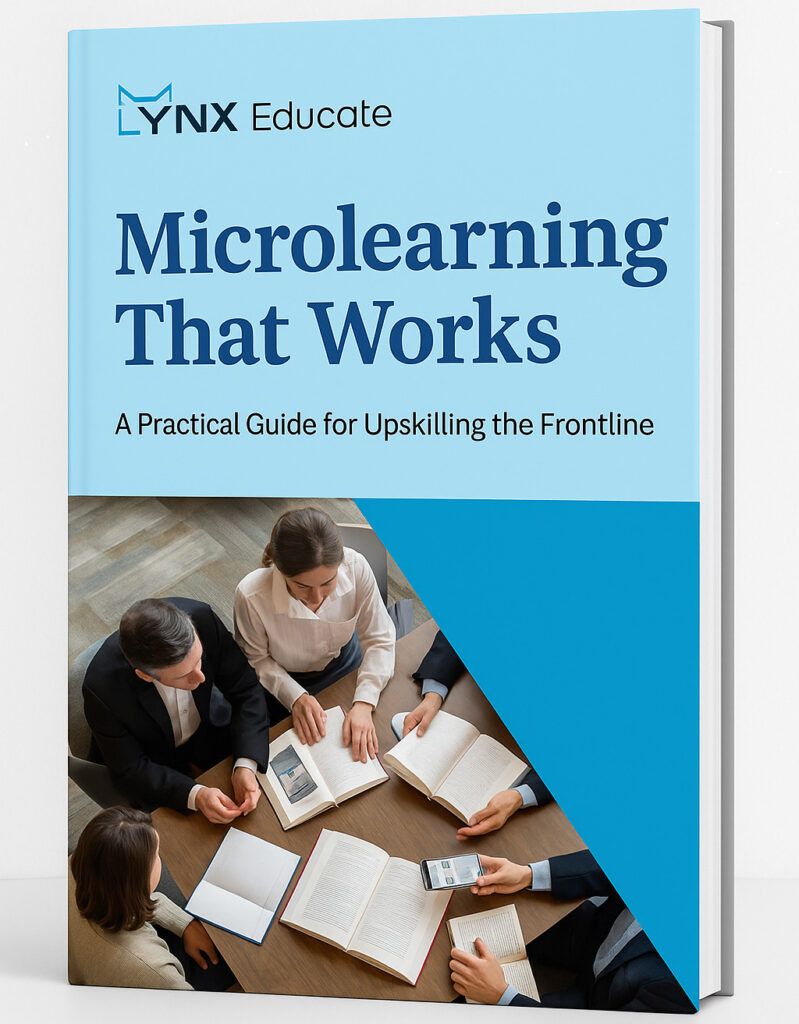Employee development and retention have become critical aspects of modern workplace culture. One effective way to foster this growth and retention is through education perks.
Here’s a three-step guide on how to design an education perk that aligns with your company’s objectives and empowers your workforce:
Step 1: Define the Strategy
Before diving into the specifics of an education benefit, it’s essential to establish clear objectives and purposes for its implementation. This initial step sets the foundation for the entire process. Consider the following objectives:
a. Pure Retention
Extend Tenure: Encourage employees to stay with the company for an extended period by providing valuable learning opportunities that contribute to their personal and professional growth.
b. Develop Internal Talent Pipeline
Internal Promotions: Cultivate a culture of internal promotion by equipping employees with the skills and knowledge necessary to advance within the organization. Many industry leaders implement successful talent development strategies, focusing on nurturing talent from within the company. Leveraging a well-constructed learning benefit can contribute to building this talent pipeline.
Step 2: Determine the Policy
Once the objectives are clear, it’s time to define the policy governing the benefit. This involves establishing eligibility criteria, setting conditions, and determining approval levels:
a. Eligibility
As a benefit, it is important to make the offering widely available to as many people as possible. As a tool for retention or reward, it is possible to create a tiering system, wherein certain levels of tenure or experience unlock additional programmes.
b. Conditions
Specify the conditions under which employees can access the education benefit, including the types of courses or programs covered, minimum participation requirements, and limitations on quantity.
c. Approval Levels
In most cases, it makes sense to approve the catalogue and eligibility ahead of time, such that each request does not require manager sign-off. If a separate approval process is required, make sure it is simple and structured.
Step 3: Marketplace of Learning Providers
With the strategy and policy in place, the next step is to curate a marketplace of learning providers that align with the defined objectives and cater to the diverse needs of users:
a. Diverse Offering
Ensure that the marketplace offers a diverse range of learning options, including online courses, workshops, certifications, and degree programs, catering to various learning objectives, time commitments, certificate types, and subject areas.
b. Mix of Skills
Curate a selection of courses and programmes that cover a broad spectrum of skills relevant to both employees’ current roles and future career aspirations, fostering holistic professional development.
c. Adaptation
Continuously assess and adapt the marketplace offerings based on evolving organizational goals, emerging industry trends, and feedback from employees, ensuring alignment with the overarching strategy outlined in step 1.
In conclusion, designing an effective education perk requires a:
- Strategic approach that begins with clearly defining objectives
- Establishing a robust policy framework,
- Curation of a dynamic marketplace of learning providers.
By investing in employee development through education benefits, companies can not only enhance retention and talent development but also foster a culture of continuous learning and growth that drives long-term success.




